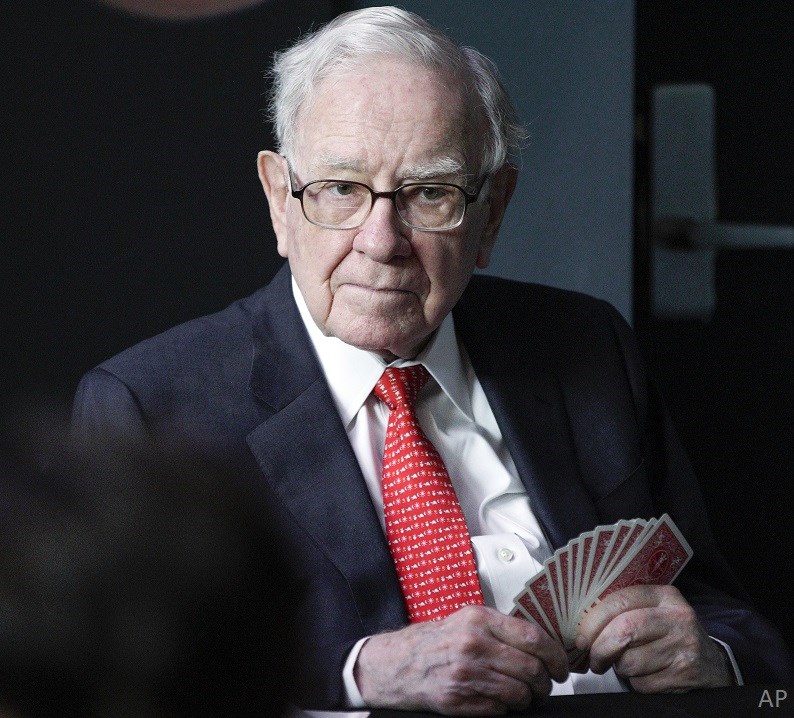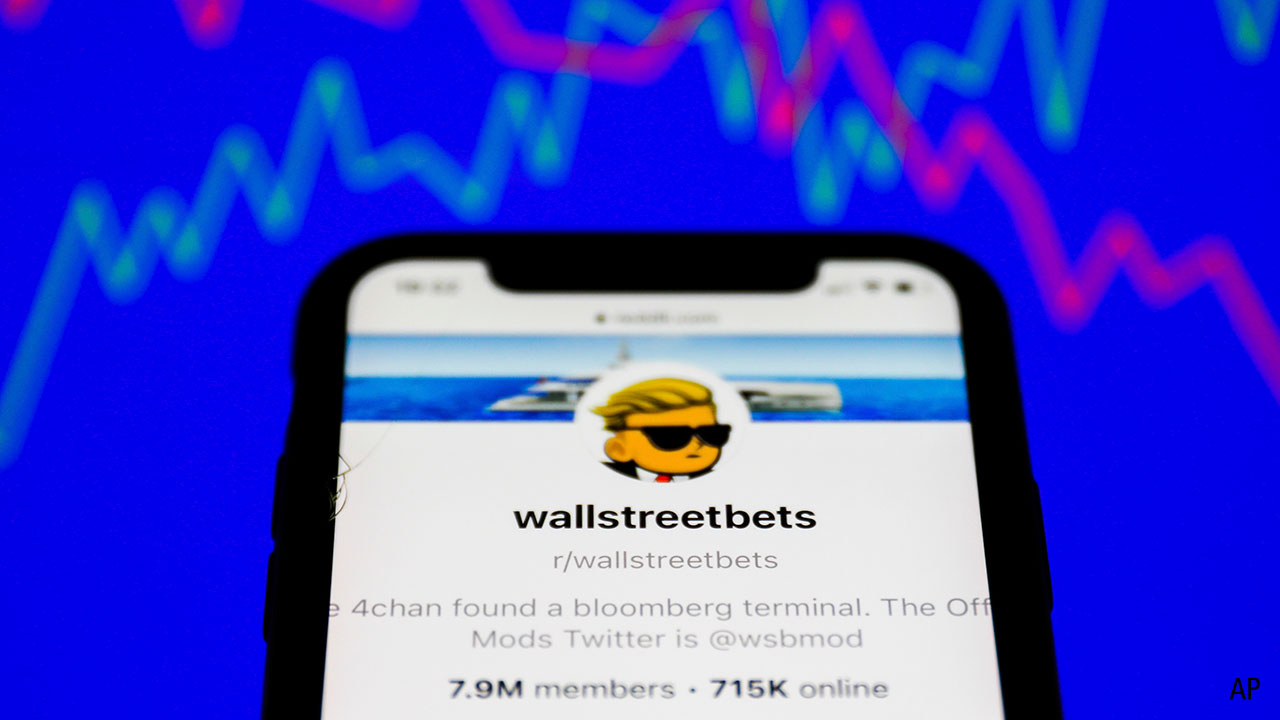
"Life is like a snowball. The important thing is finding wet snow and a really long hill."
--Warren Buffett
Berkshire Hathaway (BRK.B) CEO Warren Buffett is probably as famous for analogies like these as he is for his success as an investor. You can find Buffett quotes about life and money on everything from decorative plaques to needlepoint pillows.
But what's so compelling about these little bits of wisdom is that they often contain a simplified blueprint of Buffett's success in one concise and witty package.
For example, the "really long hill" is arguably the most powerful wealth-creation tool Buffett has, and it's something investors have at their disposal as well: time. Many fortunes are made slowly, by patiently holding stocks through good times and bad, and reinvesting the dividends. This is the part of investing that tests one's temperament.
Finding the "wet snow" is the part that requires some skill. Buffett is particularly good at sniffing out businesses with economic moats, or competitive advantages. Companies with wide moats can fend off competition and earn high returns on capital for years. The secret to Buffett's success is taking the excess cash flows generated by these companies (as well as the float generated by Berkshire's insurance operations) and investing them back into projects that earn more than their cost of capital over extended periods of time. And there you have it--a wealth-creating snowball.
When snowballs get really big, though, their momentum slows. Berkshire had US$138 billion in cash equivalents in its coffers as of the end of 2020, according to its shareholder letter. It may seem like there's nothing Buffett and Berkshire can't do with all that money. But the truth is, the conglomerate's days of being nimble enough to take advantage of small-cap, fast-growing opportunities are behind it. It's a lot harder for a business to grow its earnings when its market cap is US$520 billion, as Berkshire's is, than when it's US$1 billion, for example. If Berkshire were to take an interest in a small-cap stock with rapidly growing earnings, that business wouldn't have a meaningful impact on Berkshire's overall earnings growth.
Individual investors, though, have opportunities available to them that Berkshire is probably too large to take an interest in. We screened the small- and mid-cap stocks (market caps of less than US$15 billion) in our coverage using some of Buffett's famous investing criteria. First, we looked for positive free cash flows and returns on equity of more than 10% in each of the past three years.
Then we focused on only firms with wide Morningstar Economic Moat Ratings--that is, the "wet snow" companies that will reliably generate excess cash flows. Our screen turned up 10 stocks.

Here's a quick guide to the datapoints in the chart above:
Price/Fair Value measures the difference between the current stock price and Morningstar analysts’ estimate of the stock’s fair value. A price/fair value of 1 indicates that the stock is trading right around Morningstar’s estimate of its fair value. A price/fair value greater than 1 indicates that we believe the stock is overvalued; in other words, the stock price is greater than our fair value. A price/fair value less than 1 means the stock is undervalued relative to our estimate of fair value.
Fair Value Uncertainty refers to how confident Morningstar equity analysts are in their estimate of a stock’s fair value. Analysts score companies Low, Medium, High, Very High, or Extreme based on sales predictability, operating leverage, financial leverage, and exposure to contingent events (for example, a biotech company's success or failure may hinge on whether a single drug is approved or not). A Low Fair Value Uncertainty rating means that the analyst thinks he or she can estimate the company’s future cash flows with a greater degree of confidence.
Economic Moat measures the size and durability of a company’s competitive advantage (Wide, Narrow, or None). Morningstar also assigns a Moat Trend rating of positive, stable, or negative depending on whether a company’s sources of moat are growing stronger or getting weaker.
Finally, the star rating puts it all together. A 5-star stock is underpriced relative to what our analysts think it’s worth, while a 1-star stock is overpriced and therefore has a significantly lower expected return. But the star rating doesn't only consider price/fair value; it also factors in the fair value uncertainty rating (mentioned above). The higher the company’s fair value uncertainty, the bigger the discount required for the stock to earn a 5-star rating.



















